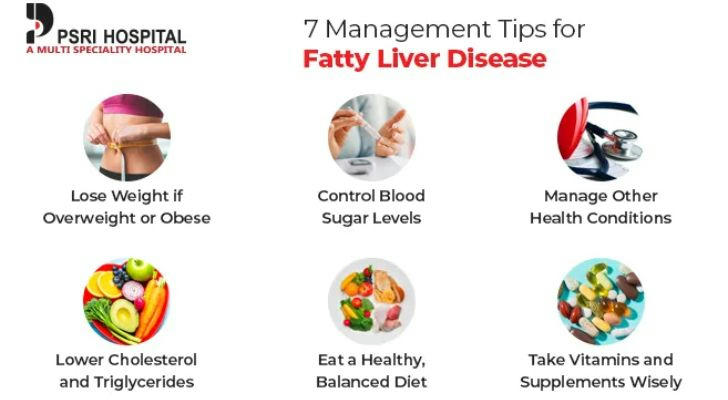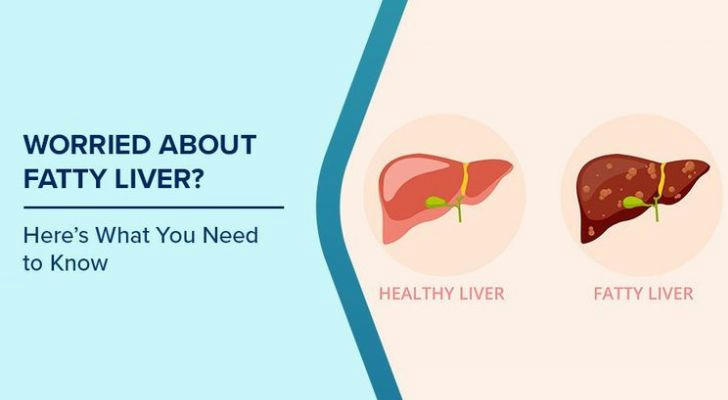What You Need to Know About Fatty Liver Disease and How to Prevent It
Fatty liver disease is a growing health concern in the United States and around the world. It occurs when excess fat builds up in the liver, often without any obvious symptoms at first. Left untreated, fatty liver can lead to serious complications including liver inflammation, scarring, and even liver failure. The good news? It's preventable and even reversible with lifestyle changes.
What Is Fatty Liver Disease?
Fatty liver, or hepatic steatosis, is a condition where fat accumulates in liver cells. It’s normal for the liver to have a small amount of fat, but when more than 5% to 10% of the liver's weight is fat, it becomes a medical concern.
There are two main types:
- Non-Alcoholic Fatty Liver Disease (NAFLD): The most common type, especially among people who are overweight, diabetic, or have high cholesterol.
- Alcoholic Fatty Liver Disease (AFLD): Caused by excessive alcohol consumption over time.
Risk Factors
Fatty liver often develops silently, but certain conditions increase your risk:
- Obesity
- Type 2 diabetes
- High blood pressure
- High cholesterol or triglycerides
- Sedentary lifestyle
- Poor dietary habits
- Excessive alcohol intake
It can also be linked to genetics, especially in Hispanic and Asian populations.

Symptoms to Watch For
In the early stages, fatty liver usually doesn't cause symptoms. However, as it progresses, you may experience:
- Fatigue or weakness
- Discomfort in the upper right abdomen
- Enlarged liver
- Weight loss
- Yellowing of the skin or eyes (in advanced cases)
Because the condition is often silent, regular health checkups are essential for early detection.
How Is It Diagnosed?
Diagnosis typically involves:
- Blood tests to check liver enzymes
- Ultrasound or CT scan to visualize fat in the liver
- FibroScan to assess liver stiffness (scarring)
- In some cases, a liver biopsy may be recommended
If you’re at high risk, talk to your healthcare provider about regular screenings.
Effective Ways to Prevent and Reverse Fatty Liver
Unlike many liver diseases, fatty liver can often be reversed, especially in the early stages. Here’s how:
1. Lose Excess Weight
Even a 5% to 10% weight loss can significantly reduce liver fat. Focus on gradual, sustainable weight loss through a healthy diet and exercise.
2. Choose a Liver-Friendly Diet
- Eat plenty of vegetables, whole grains, lean proteins, and healthy fats (like those from nuts and olive oil)
- Avoid sugary drinks, processed snacks, and saturated fats
- Reduce salt intake and limit red meat
3. Stay Active
Regular physical activity boosts metabolism and helps burn excess fat in the liver. Aim for at least 30 minutes of moderate exercise most days of the week.
4. Limit or Eliminate Alcohol
Even moderate drinking can worsen liver health, especially if you already have fatty liver.
5. Manage Related Health Conditions
Controlling diabetes, cholesterol, and high blood pressure plays a major role in liver health.

The Role of Medical Insurance in Liver Care
Fatty liver requires ongoing care, including regular testing and possibly specialist visits. Having the right health insurance can help cover:
- Diagnostic imaging (ultrasound, FibroScan)
- Laboratory blood work
- Doctor and specialist consultations
- Prescription medications or supplements
- Nutritionist or weight loss programs
Check your current plan to see if liver disease services are included. If not, explore options on the [HealthCare.gov] marketplace or contact a local agent.
Conclusion
Fatty liver is more common than many people realize, but with the right knowledge and actions, it’s also manageable. Healthy eating, regular movement, and routine checkups can make all the difference. Take charge of your liver health now — your body will thank you later.
